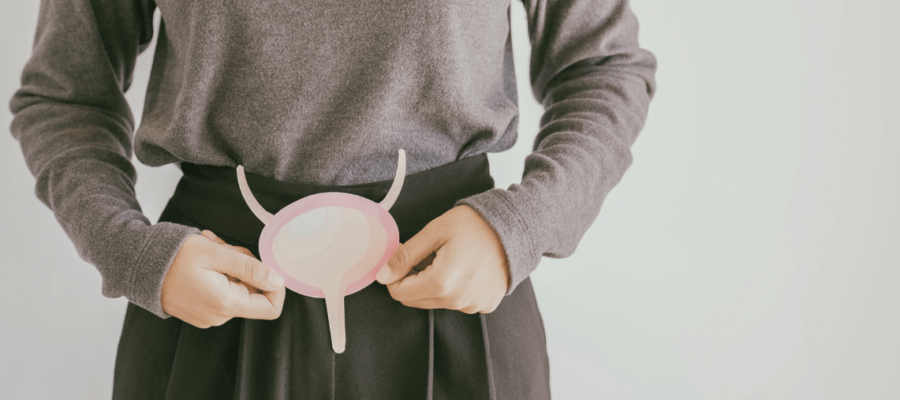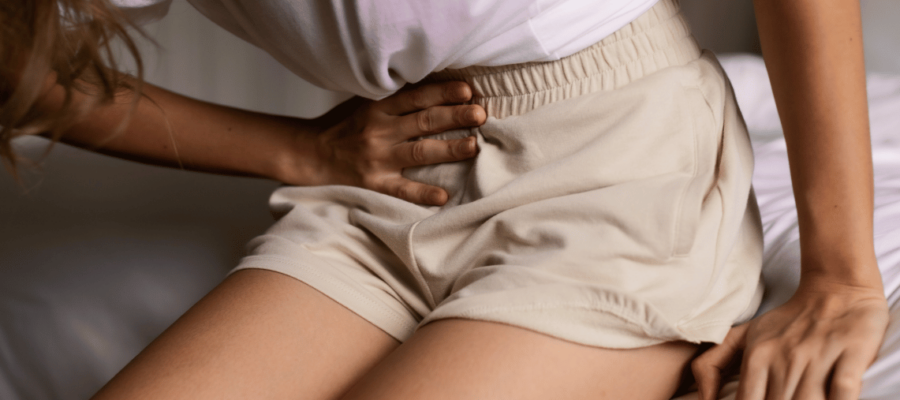Urinary incontinence: when you can’t control it anymore
Unintentional loss of urine is a common problem, especially in adult women. About one in four women over the age of 35 suffers from urinary incontinence. Despite the fact that it is a very normal problem, it is often still a difficult topic to discuss. Incontinence is in most cases incorrectly linked to unsanitary. It evokes negative associations and this seems difficult to break.
Shame about urine loss
Some women are so ashamed of this urine loss that they do not dare to go to the doctor. Nevertheless, incontinence is an inconvenience that happens to you. It can have many causes that are not always identifiable. But it is treatable in most cases. When your bladder is full, your brain gets a signal to empty it. Normally, the sphincter closes our bladder. This is located around the exit of the bladder. The pelvic floor muscles are also part of this. When you relax the sphincter and pelvic floor muscles, the bladder muscle wall contracts and urine flows out.
We speak of urinary incontinence when this mechanism does not work properly and you do not have control of your urine. For some women, urinary incontinence is an inconvenience, for others a hindrance to daily life. Some women unintentionally lose a few drops of urine, others have no bladder control at all. When losing a lot of urine it is highly recommended to use good quality incontinence material to prevent any problems.
Stress incontinence
Most women who cannot control their urine loss suffer from stress incontinence, also known as stress incontinence. This form of urine leakage is due to a relaxation or stretching of the pelvic floor muscles. Women with stress incontinence lose urine during physical activities such as sneezing, laughing, climbing stairs, lifting heavy objects or intercourse. The pressure in the abdomen increases during these activities, and so does the pressure on the pelvic floor.
If the pelvic floor muscles are relaxed and the urethra has prolapsed, you may lose a little urine during these activities. The sphincter is not strong enough. Especially women who have given birth suffer from this form of incontinence. It can also occur during menopause, as a result of gynecological surgery or simply because of predisposition.
Urge incontinence
Another form of incontinence is urge incontinence, also known as urge incontinence. This occurs when the bladder is extra sensitive or overactive: the urge to urinate is suddenly so strong or swells so suddenly, forcing the urine out of the bladder. The toilet is often no longer feasible. Urge incontinence is often associated with stress incontinence. When there is more than one form of urinary incontinence, we speak of mixed incontinence.
How can urinary incontinence be treated?
Urinary incontinence is treatable. Sometimes through minor surgery, but in many cases also with the help of a special pelvic physiotherapist. This physiotherapist gives special exercises. Stress incontinence works on strengthening the pelvic floor muscles. Bladder training can help with urge incontinence. Here you learn to consciously hold your urine when you really need to go to the toilet. By delaying, you train your bladder to store more urine and you can hold it longer after practicing for a while. In most cases you will notice improvement after a few sessions. If the exercises do not help or are insufficient, the doctor can refer you to the hospital for further examination.
















